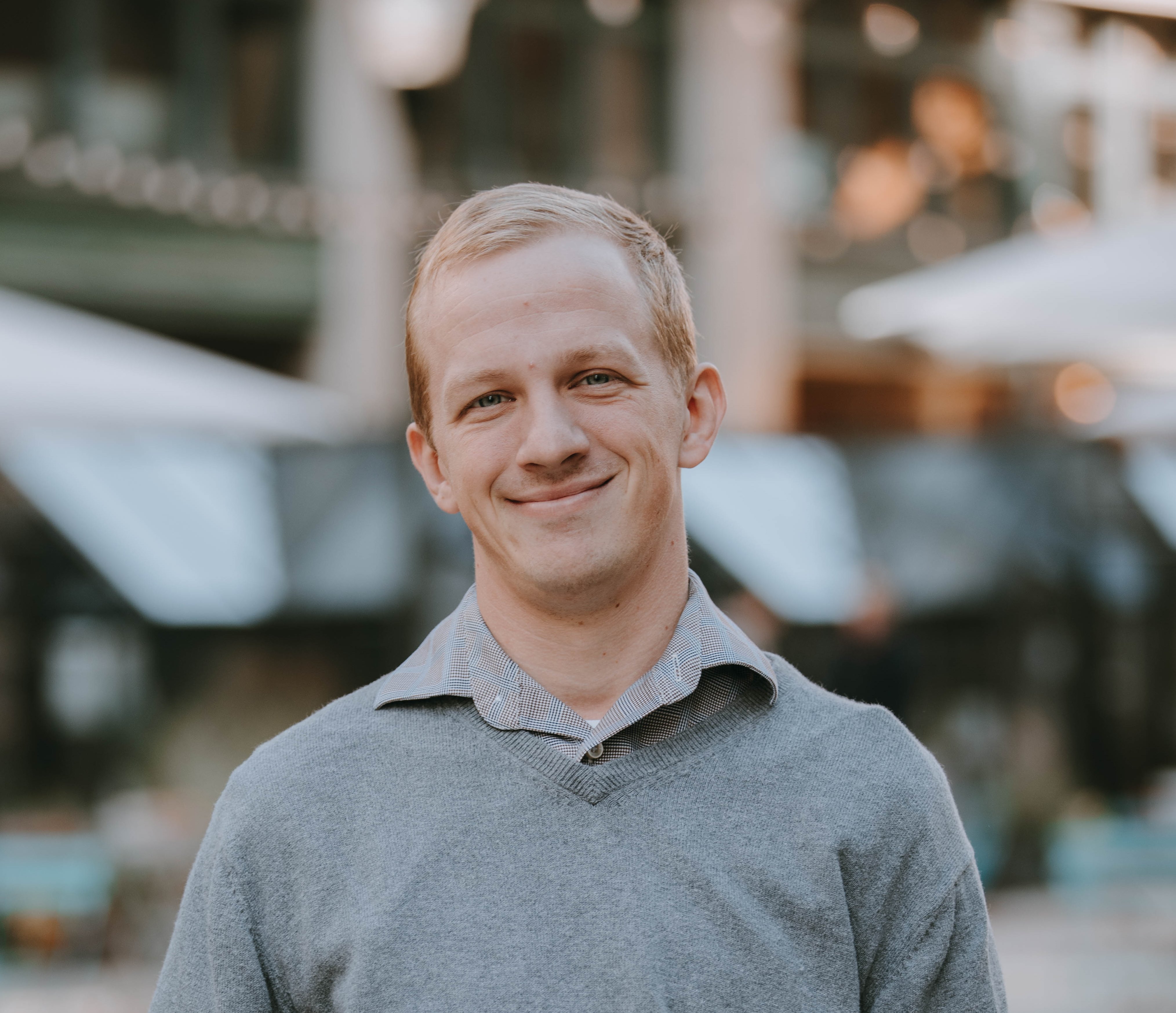Sr. Compton, principal of St. Isaac Jogues, shares archdiocese’s ‘Unleashing Our Catholic Schools’ vision with nation’s leaders
WASHINGTON — Two educators from the Archdiocese of Detroit spoke during a conference call between thousands of Catholic educators across the country and President Donald Trump and senior members of his cabinet on April 26.
Sr. Catherine Marie Compton, OP, principal of St. Isaac Jogues School in St. Clair Shores, and Vincent de Paul Schmidt, associate superintendent of the archdiocese’s Central and South regions, gave presentations during the call with the president, which focused on how Catholic schools nationwide are reacting to the COVID-19 crisis.
President Trump was joined on the call by Vice President Mike Pence, Secretary of Education Betsy DeVos, and Dr. Ben Carson, secretary of Housing and Urban Development.
Sr. Compton was one of five speakers representing dioceses across the country, said Kevin Kijewski, superintendent of schools for the Archdiocese of Detroit.
“Sr. Catherine was gracious enough to speak on behalf of the archdiocese,” Kijewski told Detroit Catholic. “The president reacted kindly to her presentation and said how he loves nuns and all they are doing.”
Sr. Compton spoke about the Archdiocese of Detroit’s “Unleashing Our Catholic Schools” vision, which sees the archdiocese’s schools as “proudly Catholic, academically excellent, accessible to all and sustainable for the future.”
Catholic schools across the archdiocese have implemented distance learning plans during the pandemic, Sr. Compton told the president, but she also expressed educators’ concerns about the financial burdens families and schools will bear because of the virus.
Kijewski said Sr. Compton brought up the case of Espinoza v. Montana, currently before the Supreme Court, which could lift some of the restrictions related to states’ so-called Blaine Amendments, which prohibit tax money from aiding Catholic schools in many states. Critics have long called the Blaine Amendments anti-Catholic.
The president and Catholic education leaders also spoke about the Coronavirus Aid, Relief, and Economic Security (CARES) Act and its potential to boost Catholic schools experiencing financially difficulty because of the shutdown.
After the five scheduled speakers presented, Schmidt, who has a background in special education, spoke about the needs and challenges Catholic schools face teaching students with special needs during the pandemic.
“In today’s world of virtual learning, we’re creating a group of underserved students who are not getting the specialized one-on-one learning they are used to getting with their special education instructor,” Schmidt said. “Of the 1.8 million Catholic school students, about 10,000 have special needs, and these kids rely on the love and care of teachers they get in Catholic schools, but also the support of the county school system with various therapies.”
Schmidt said he doesn’t discount the “yeoman's effort” Catholic educators are undertaking in doing everything they can to serve those with special needs.
“However, in many cases, our Catholic schools rely on county schools and public schools for assistance to round out what Catholic education is doing,” Schmidt said. “Those services are being lost or dropped.”
Schmidt said he had spoken with President Trump and Vice President Pence before, on March 21, National Down Syndrome Day, when he traveled to Washington, D.C., to speak to the nation’s leaders about creating more opportunities for children with special needs. Schmidt said he brought his son, Jonas, who has Down Syndrome, along for the trip.
After a brief conference with President Trump, Schmidt had an eight-minute private conversation with Vice President Pence.
During that conversation, Schmidt said, he spoke about the good that’s happening in Catholic schools, and “how the opportunity is there ... to grow those opportunities even more.”
“Public education has about 11 to 12 percent of the student population in special education,” Schmidt said. “Catholic schools are 5 to 6 percent with special education. Clearly there is room for us to grow to have the same participation level.”










